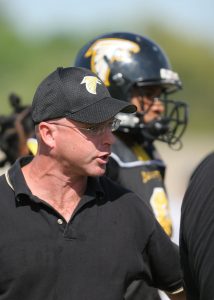Organizations can change over the years. Change may happen because that is what the customers expect or it is because the  organization gets to have even the most coveted skills. Despite the changes, there are those that stay the same—the organization’s brand, its unique culture, and its shared lexicon. These are the underlying organizational and cultural design factors that define an organization’s personality. Metaphorically, these are called Organizational DNA. The Organizational DNA can indic
organization gets to have even the most coveted skills. Despite the changes, there are those that stay the same—the organization’s brand, its unique culture, and its shared lexicon. These are the underlying organizational and cultural design factors that define an organization’s personality. Metaphorically, these are called Organizational DNA. The Organizational DNA can indic
principles (4)
“Leadership is not about titles, positions, or flowcharts. It is about one life influencing another.” - John C. Maxwell
Many people in a position of authority struggle with their Leadership Presence. They have adopted the kind of persona that they assume a leader is supposed to have: a TED Talk cadence, authoritative body language, studied informality, and a package of carefully curated slides. Yet, in adopting this stance it showed that you are not authentic and people will assume your message i
A company’s cultural situation is challenging, multidimensional, and difficult to deal with. It constitutes a powerful set of emotional  resources. To a degree, culture can be compared to natural forces such as winds and tides. These elements are there in the background, sometimes unnoticed, sometimes obvious. Endowed with immense power, they can waylay plans and inhibit progress.
resources. To a degree, culture can be compared to natural forces such as winds and tides. These elements are there in the background, sometimes unnoticed, sometimes obvious. Endowed with immense power, they can waylay plans and inhibit progress.
Natural forces can’t really be tamed or fundamentally altered. But if you respect them and understand how to make the
Design Principles: Building for Multiple Languages
Source:
Francesca JENNER
European Commission
One of the guiding principles behind our approach in creating a new website for people across Europe is clear: to make it as easy as possible for users to find the information they want.
And when it comes to language, that's not just about sticking to the web writing guidelines – our task is to construct a site that is adaptable to multiple languages.
Check the evidence
We've been carrying out detailed resea
